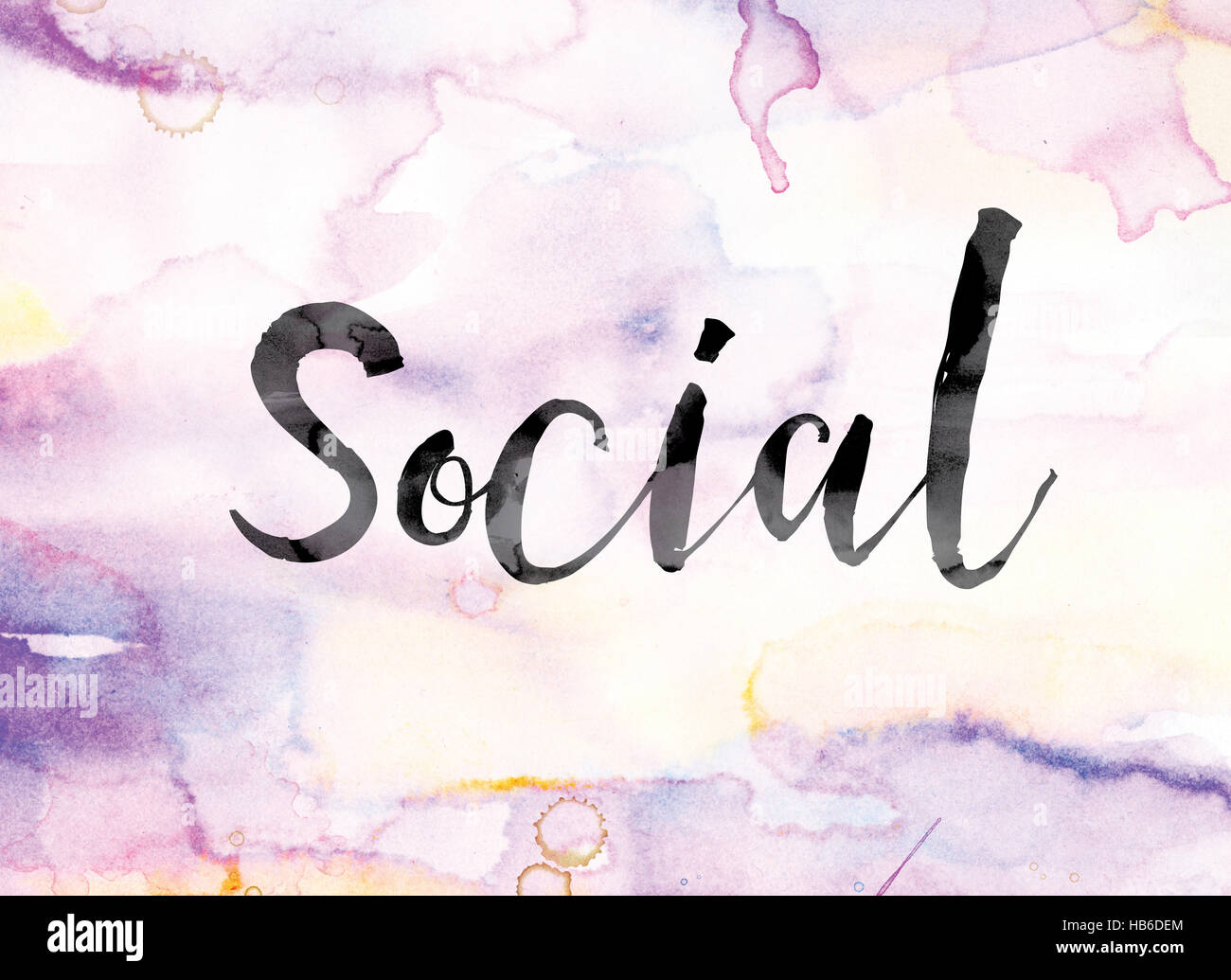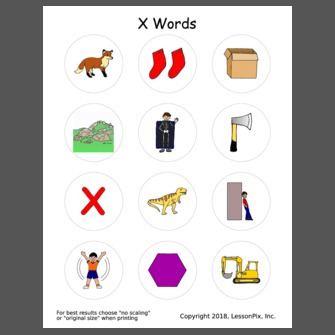

Geography 9, history 10, and economics 11 are all based on syllabuses written in the 1980s. The individual social sciences are, however, taught mainly in the senior secondary school years (years 11–13). Some schools teach a version of 'junior' geography and history, while others teach 'economics' or 'business studies' as separate subjects, based either on the Economics Forms 3–7 Syllabus for Schools 8 or on alternatives developed by the Commerce and Economics Teachers Association (CETA) or the Enterprise Trust. reflect on the learning and on the responses it requires of them.Īlthough social sciences learning is typically integrative in early childhood (through Te Whàriki) and in years 1–10 (as social studies), individual social science disciplines do sometimes find a place in junior secondary school (years 9 and 10).consider multiple, competing values and perspectives.draw on and evaluate multiple sources of information.The intention is that, based on the achievement objectives, students are engaged in a learning process that asks them to: The learning area is structured around four conceptual strands:Īchievement objectives are suggested for these strands and a social inquiry approach recommended. The scope of social sciences learning in the primary and secondary sectors is set out in The New Zealand Curriculum 7. The strands also manifest strong social science connections in their emphasis on the importance of Mana Atùroa (active exploration of the environment) and Mana Whenua (affirming and extending links with the family and wider world). Te Whàriki is based on such social sciences-relevant principles as whakamana (personal empowerment), whànau tangata (integration of family and community), and ngà hononga (learning through responsive and reciprocal relationships with people, places, and things). The curriculum aspires, for example, to ensure that children "grow up … secure in their sense of belonging and in the knowledge that they make a valued contribution to society" (p. The intent of social sciences education is, however, strongly evident in the aspirations, principles / ngà kaupapa whakahaere, and strands. This curriculum encourages an integrative, holistic approach to learning and teaching, so the social sciences are not separately recognised. Its parallel and complementary English and Màori texts provide a basis both for English-medium early childhood education and for kòhanga reo 6. Te Whàriki 5 is the curriculum for early childhood education.

The teaching of social sciences in the early childhood, primary, and secondary sectors isinformed by a range of curricula. 1.2 Social sciences in the different sectors Lack of success in our classrooms means that children will leave school with less of the information, abilities, perspectives, and attitudes needed to function competently as citizens of this nation and members of a pluralistic global community (p.

This programme aims to systematically identify, evaluate, analyse, synthesise, and make accessible, relevant evidence that links teaching approaches to enhanced outcomes for diverse learners. This work is part of the Ministry of Education's Iterative Best Evidence Synthesis (BES) Programme 1. Summary Introduction 1.1 Social sciences and the Iterative Best Evidence Synthesis Programme


 0 kommentar(er)
0 kommentar(er)
